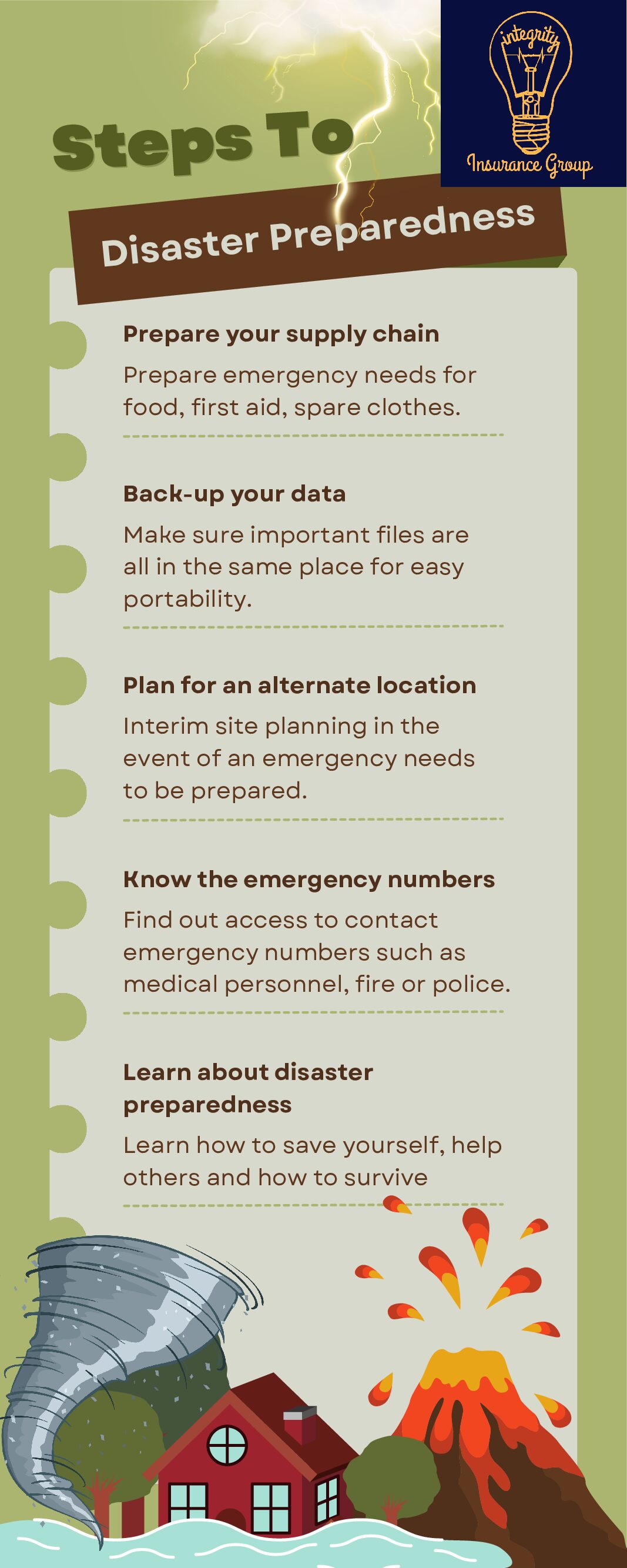
In the heart of the Southwest, Arizona businesses face unique challenges when it comes to disaster preparedness. From scorching heatwaves and wildfires to sudden monsoons and flash floods, the range of potential natural disasters requires comprehensive planning to prevent business interruption. This blog post explores the essential strategies and measures that Arizona businesses can implement to enhance their resilience and maintain continuity in the face of natural calamities.
Understanding the Risks
The first step in preventing business interruption is understanding the specific risks associated with the region. Arizona’s climate and geography make it susceptible to several natural disasters:
- Heatwaves: Prolonged periods of extreme heat can impact employee health, disrupt operations, and increase cooling costs.
- Wildfires: Dry conditions and high temperatures contribute to the risk of wildfires, which can damage property and infrastructure.
- Monsoons and Flash Floods: The monsoon season brings heavy rains and flooding, potentially damaging buildings and disrupting supply chains.
Disaster Preparedness Planning
A well-crafted disaster preparedness plan is crucial for minimizing the impact of natural disasters on business operations. Here’s how Arizona businesses can develop an effective plan:
- Risk Assessment: Identify the specific risks your business faces based on location, industry, and other relevant factors.
- Business Impact Analysis: Determine how different types of disasters could affect your operations, employees, customers, and supply chain.
- Emergency Response Plan: Outline the steps to take in the immediate aftermath of a disaster to ensure the safety of employees and the protection of assets.
- Continuity Strategies: Develop strategies to maintain or quickly resume critical operations during and after a disaster.
Implementing Mitigation Measures
Beyond planning, physical and operational mitigation measures can reduce the risk of damage and ensure quicker recovery:
- Infrastructure Improvements: Upgrade facilities and equipment to withstand extreme weather conditions, such as reinforcing structures and installing flood barriers.
- Data Protection: Implement robust data backup and recovery solutions to protect against data loss due to disasters.
- Supply Chain Diversification: Identify alternative suppliers and logistics options to avoid disruptions in case of localized disasters.
Training and Awareness
Educating employees about disaster preparedness is key to ensuring a swift and coordinated response when a disaster strikes. Regular training sessions and drills can help familiarize staff with emergency procedures and evacuation routes, enhancing overall safety and readiness.
Collaboration and Community Support
Partnering with local government agencies, community organizations, and other businesses can provide additional resources and support during disasters. Joining or forming business continuity coalitions can facilitate information sharing, provide mutual aid, and strengthen community resilience.
Investing in Insurance
Adequate insurance coverage is a cornerstone of disaster preparedness. Businesses should review their policies to ensure they have comprehensive coverage for natural disasters, including property damage, business interruption, and liability insurance.
For Arizona businesses, being prepared for natural disasters is not just about safeguarding assets—it’s about ensuring the well-being of employees, serving customers without significant interruptions, and contributing to the community’s resilience. By understanding the risks, planning effectively, implementing mitigation measures, and fostering a culture of preparedness, businesses can navigate the challenges of natural disasters and emerge stronger.



